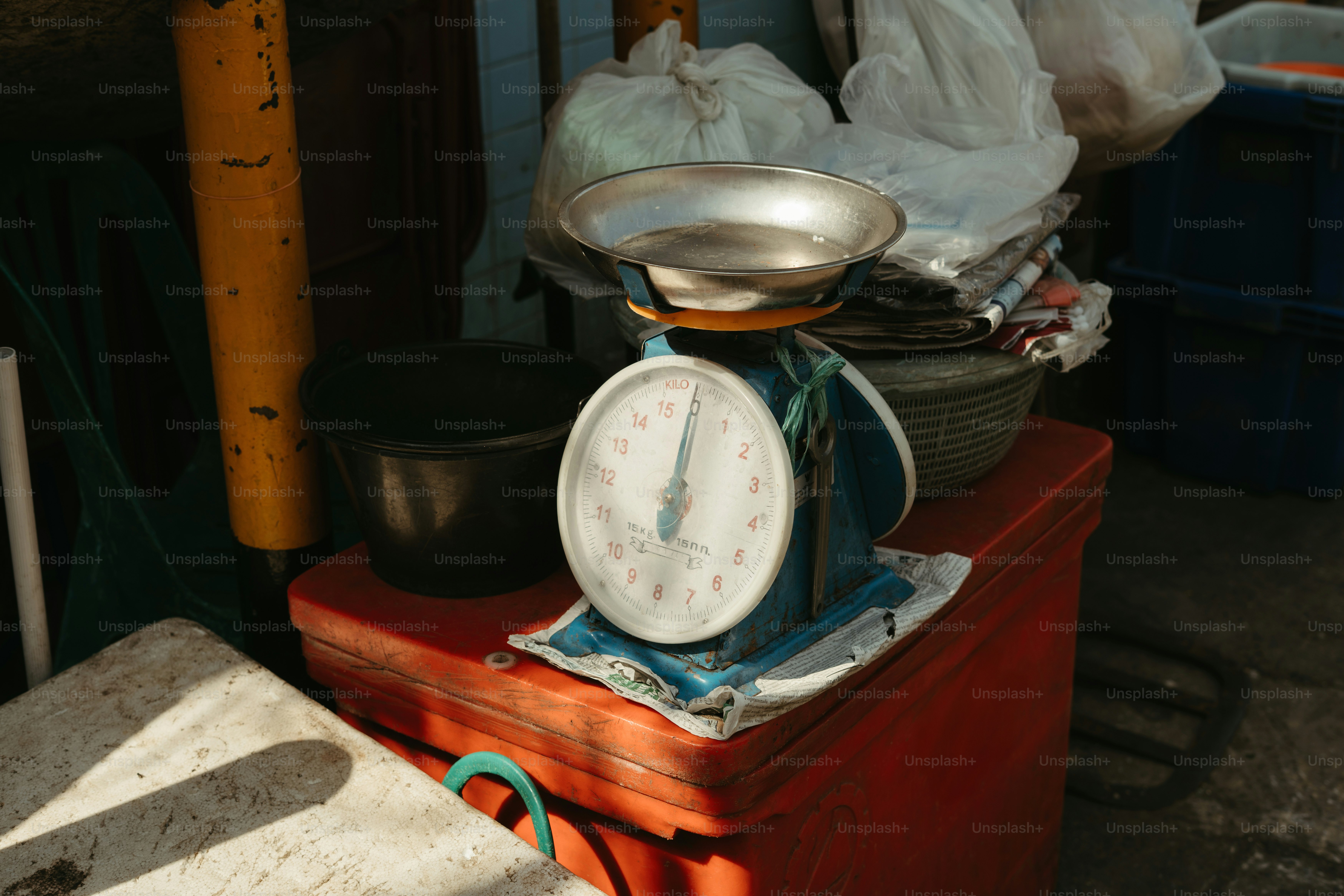Professional vs. DIY Water Heater Repairs
페이지 정보
작성자 Tangela Batt 작성일25-09-12 11:38 조회4회 댓글0건관련링크
본문

When a water heater stops working, the immediate reaction is to contact a professional. But many homeowners compare doing it themselves to hiring a professional plumber. Knowing the pros and cons helps you choose a path that keeps your family safe, preserves your budget, and ensures hot water.
How a water heater works
A standard household water heater is a sealed vessel that supplies hot water for showers, sinks, 名古屋市東区 エコキュート 交換 dishwashers, and more. The appliance includes a heating element (electric or gas burner), a thermostat, a pressure relief valve, and various safety devices. The heating element warms the water, while the thermostat monitors temperature to avoid overheating. The relief valve guards against overpressure, and the anode rod fights internal corrosion.
If any part fails, you may experience a sudden loss of hot water, a slow drop in temperature, leaks, or loud noises. Often just one component is wrong, but sometimes the whole unit is irreparable.
Why most people hire a professional
1. Safety first
• Gas water heaters risk CO leaks or line damage if not properly managed.
• Electrical units demand proper grounding and circuit protection.
• Licensed plumbers handle the pressure relief and drainage safely.
2. Warranty and insurance implications
• Many brands permit only professionals for warranty work.
• Homeowner warranties may be voided by DIY, impacting insurance.
3. Precise diagnosis and swift repair
• A plumber’s tools and expertise cut guesswork.
• They can isolate the problem—whether it’s a faulty thermostat, a bad heating element, a leaking valve, or a corroded tank—so you don’t pay for unnecessary parts.
4. Safe disposal and recycling
• Discarding old tanks requires professionals to meet local rules, avoiding pollution.
When DIY can be a viable option
1. Simple, low‑risk tasks
• Anode rod replacement, thermostat checks, or sediment drainage are safe with simple tools.
• Many manufacturers publish step‑by‑step instructions on their websites.
2. Budget constraints
• A clear problem can be handled DIY, saving plumber fees.
• However, be realistic: if the problem is more complex, the hidden costs of mistakes can exceed the labor fee.
3. Quick fixes
• A DIY stopgap can bring back hot water temporarily while you schedule a pro.
Risks of DIY repairs
1. Electrical hazards
• Mis‑wiring a hot water heater can cause electric shock or fire.
• Make sure the unit is disconnected from the power source before working on it.
2. Gas leaks
• Loose gas fittings can leak, posing fire or explosion danger.
• Employ a leak detector and recheck fittings.
3. Pressure build‑up
• Faulty valve use can cause a dangerous pressure surge.
• Lower the pressure before draining.
4. Legal and insurance ramifications
• Local laws often demand professionals for gas unit fixes.
• Unlicensed work can lead to fines or voided insurance policies if an incident occurs.
Tips for deciding
1. Identify the symptom.
• Is the loss sudden, leaking, or accompanied by banging?.
• Matching symptoms to components informs complexity.
2. Ask about your warranty.
• Contact the manufacturer. Some warranties state that only certified technicians may perform repairs..
3. Estimate the cost.
• DIY involves parts, time, and possibly new tools..
• Pro cost: hourly labor ($75–$150) plus parts..
• Weigh totals and risks of repeated faults from DIY..
4. Check local regulations.
• Certain states mandate licensed plumbers for gas units..
• Even if not required, many utility companies will refuse to inspect a unit repaired by an unlicensed person..
5. Use a safety checklist.
• Disconnect power or gas.
• Shut off the water supply..
• Have a fire extinguisher nearby..
• Wear gloves, eye protection, and other PPE.
Common DIY fixes and how to do them safely
Replacing the anode rod
• Switch off electricity or gas..
• Drain some water to prevent splashes..
• Locate the anode rod, often on the tank’s upper or side.
• Use an adjustable wrench to unscrew, replace with a new rod, and tighten..
• Refill the tank and restore power.
Checking the thermostat
• Switch the unit off..
• Remove the thermostat cover..
• Use a multimeter to test the element resistance; compare to manufacturer specs..
• If the resistance reads infinite or near zero, replace the element..
Draining the tank to remove sediment
• Turn off the heater and close the cold water inlet..
• Connect a hose to the drain..
• Open the valve and allow water to flow out until it runs clear..
• Close valve, turn water back on, and restart the heater..
When to call a professional
Gas leaks or odd smells..
Water leaks from the tank or base..
Temp stays low even after tweaks.
Rapidly rising temperature or pressure readings..
You’re not sure what failed.
Bottom line
Doing DIY can be affordable and empowering for simple tasks. However, the gas unit’s complexity, danger, and warranty needs usually push you toward a pro. By analyzing the problem, knowing your skills, and honoring safety, you decide best for home and peace
댓글목록
등록된 댓글이 없습니다.

